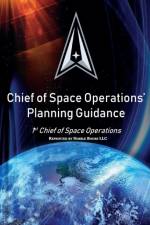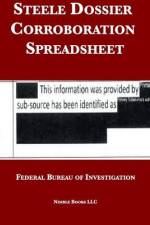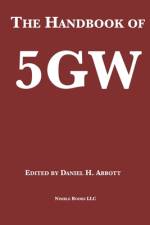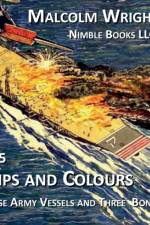av Us Army War College Team Sensing
789,-
A dramatically underrated publication in 2020 from the US Army War College, a Rosetta's Stone for anyone interested in the dramatic evolution of warfare that has characterized war in the 2020s, with all the technical details and specificity that knowledgeable readers demand, but rarely find, in popular news coverage of war. This study analyzes the likely evolution of threat signatures and corresponding sensor needs for the US Army between 2030 and 2040. By examining modernization plans, defense spending, and strategic goals of major adversaries and global arms exporters, the research identifies 19 key capabilities and 22 unique technical and non-technical signatures. Findings suggest that while no single technical signature emerges as a primary target for sensor exploitation, non-technical signatures like doctrine and order of battle will likely undergo significant changes, providing early warning signs for technical signature shifts.The study identifies four critical signatures - physical, visual, electronic, and non-technical - across seven key capabilities (Cyber, EW, AI, Missiles, Deception, and C4ISR) that are expected to become increasingly difficult to detect due to advancements in deception, electronic warfare, cyber, camouflage, AI, and quantum technologies.Country-specific analysis reveals that China's C4ISR and electronic warfare capabilities, Russia's electronic warfare and deception practices, Iran's cyber and unmanned systems, and North Korea's missile capabilities pose significant detection challenges.To address these evolving threats, the US Army will require a network of multi-functional sensors and systems capable of rapid data fusion from various sources (HUMINT, SIGINT, MASINT, etc.). Advanced radar, electro-optical, and MASINT sensors, coupled with sophisticated algorithms and signal processing software, are identified as crucial components for future detection and targeting systems.The study emphasizes the need for integrated systems that combine weak signals from multiple sensors to achieve accurate identification and countermeasures against increasingly sophisticated and concealed threats.Full color interior with dozens of tables and figures.This annotated edition illustrates the capabilities of the AI Lab for Book-Lovers to add context and ease-of-use to manuscripts. It includes several types of abstracts, ranging from short to lengthy and bland to pithy, including TLDR (one word), ELI5, TLDR (vanilla), Scientific Style, Mnemonic, essays to increase viewpoint diversity, such as Grounds for Dissent, Red Team Critique, and MAGA Perspective; Notable Passages and Nutshell Summaries for each page; and an experimental new feature, the Retrospective Language-Modeled Gap Analysis (RLMGA).

![The Soviet History of World War II [1959]](https://cdnbackdoor.tales.as/thumbnail/150x225/products/00312/12064/the-soviet-history-of-world-war-ii-1959.jpg)
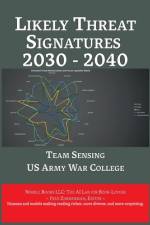
![Soviet Intelligence Communications [1952]](https://cdnbackdoor.tales.as/thumbnail/150x225/products/00312/12062/soviet-intelligence-communications-1952.jpg)


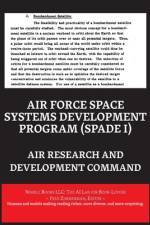


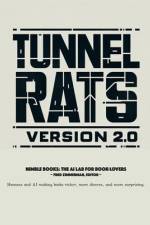
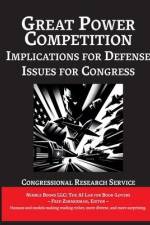
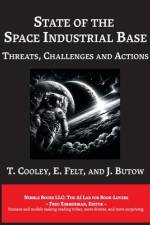
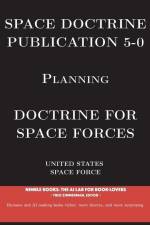

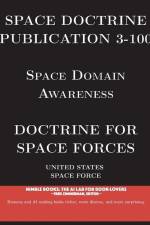
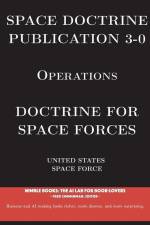
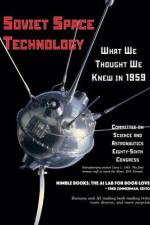


![EP-3E Collision [2001] af Ep-3](https://cdnbackdoor.tales.as/thumbnail/150x225/products/00310/40187/ep-3e-collision-2001.jpg)

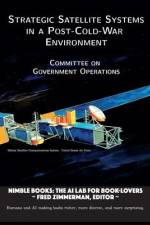

![U.S. Government Global Water Strategy 2022-2027: Enhanced by Cincinnatus [AI] af Cincinnatus [Ai]](https://cdnbackdoor.tales.as/thumbnail/150x225/products/00299/01756/us-government-global-water-strategy-2022-2027-enhanced-by-cincinnatus-ai.jpg)
